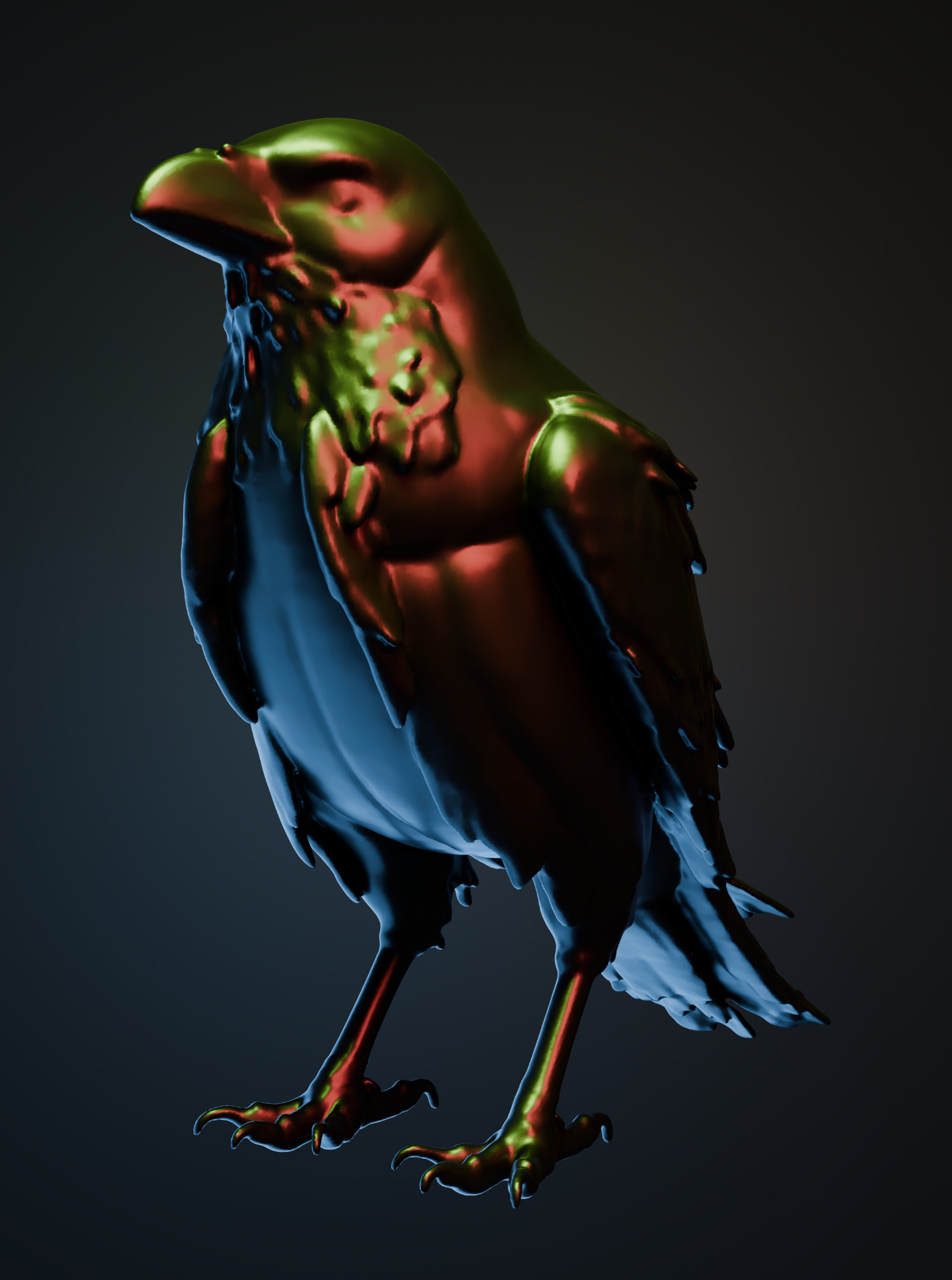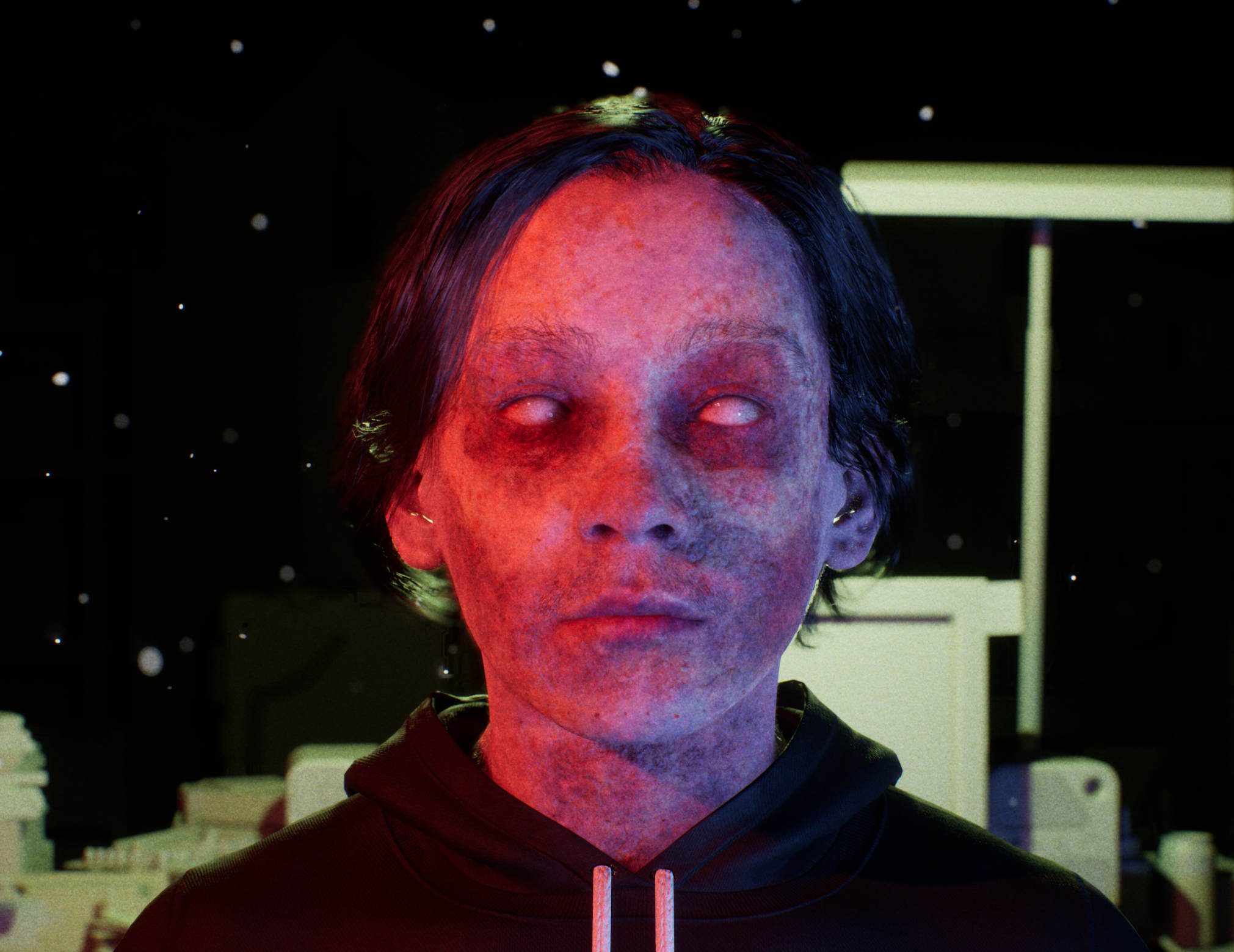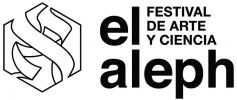Andrew Roberts
gallery 6
Spectral Corpse
Andrew Roberts’s artistic practice is characterized by appropriating and hacking the commercial forms of those cultural productions that are characteristic of neoliberalism in order to create multimedia projects that question dynamics of late capitalism. Roberts creates characters and builds worlds in order to generate referential universes through research into cultural archetypes.

Spectral Corpse emerged from his research into millennial pop culture references and the sociopolitical context of 2006—the year in which the so-called war on drug trafficking began in Mexico—given his experiences as a teenager growing up in a border city like Tijuana during the first decade of the twenty-first century. Bringing together references to the My Chemical Romance album The Black Parade, the launch of the PlayStation 3 and Felipe Calderón’s rise to power, this piece sketches out the constitution of a generational sensibility. This project also involves a confrontation between two ways of understanding death in a corporatized world: in a material sense, through speculative realism, associated with the corpse and the living dead, and in its spectral form, in connection to hauntology, described by the English music critic Mark Fisher as “the agency of the virtual, with the spectre understood not as anything supernatural, but as that which acts without (physically) existing.”
This video installation produced especially for the MUAC presents us with a fictional narrative in which a zombie apocalypse has done away with the world we knew in 2006. Four teenage gamers have survived the cataclysm in the form of the living dead and appear in a central video as both witnesses and evocations of a world of which they are but vestiges. This piece offers an individualistic approach to youth and adolescence and explores the ways in which certain commodities and videogames trace a connection with death as a spectral entity: an intersection between a material and a dematerialized death that is also based on the relationship between the simulator technologies used for training soldiers and those used in survival horror videogames.

Roberts’s project creates a repertory of alternatives in order to capture the dynamics of an increasingly convulsive and intangible world to the extent that it is possible within the limitations of the art field. He invites us to become videogame avatars, to contrast our skin with the geometrical weave of an .OBJ file and to understand the difference between the agency we experience when we have a controller in our hands and the agency we feel in our skin as we enter an unknown space. Which is more real? This imbalance insists on disarticulating opposites in order to move between them, confronting the realities of a digital world and its imminent repercussions on our bodies and our visions of a hybrid future where the tangible and the virtual fuse together.
Artista: Andrew Roberts (Tijuana, 1995)
Curator: Jaime González Solís

Exhibition Information
We have presented this information on the exhibition in an interactive format so it can accompany you before, during and after your visit. You may also consult it directly in the galleries.
Exhibition Information
Publicación
Publication
Andrew Roberts. Spectral Corpse
Authors : Jaime González Solís, Andrew Roberts
Language : Spanish & English
Editor: MUAC, UNAM
Price: $300



